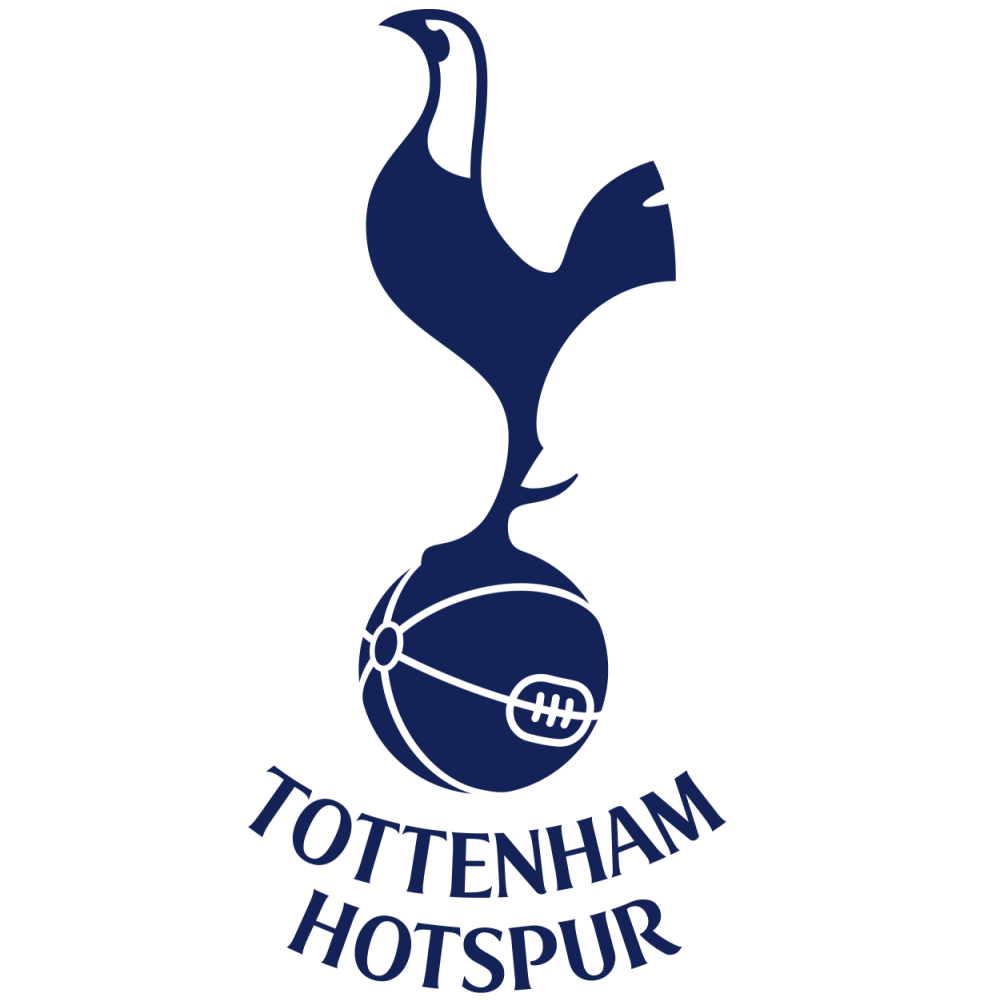Any studio wishing to release a new football game has serious competition on its hands.
FIFA and Pro Evolution Soccer are so popular that it would be incredibly hard for any other game to succeed.
However, before FIFA and Pro Evo’s ascent, football-endorsed video games were common in the market.
Stars like Ronaldo, David Beckham and Michael Owen all had games named after them.
And, bizarrely enough, so too did David O’Leary.
- The most stupid player rating on FIFA
- 10 most overpowered players on FUT20
- Check out our new GIVEMESPORT homepage
The early 2000s was a crazy time.
GiveMeSport has now taken a look at 10 video games named after footballers and ranked them by their user rating on GameSpot.
1. Kevin Keegan’s Player Manager
GameSpot user rating (out of 10): 8.1
We were treated to Kevin Keegan's Player Manager in 1993.
Players began as a 28-year-old and retire at the end of the 2000 season at the age of 35. From that point onwards it's impossible to control players on the pitch.
However, a few more seasons pass and the player can sign a nephew or other family member and resume control of the players.
Brilliant.
2. Michael Owen’s World League Soccer 99
GameSpot user rating: 8
Michael Owen’s game was released on the Nintendo 64, PlayStation and Dreamcast.
It was called ‘Mia Hamm Soccer’ in the USA because the US soccer international was seen as a more marketable choice than Owen.
While the game received a good score on GameSpot, we'll never get over the truly awful intro.
3. Ronaldo V-Football
GameSpot user rating: 7.5
Ronaldo V-Football featured five different game modes: Exhibition, Arcade Cup, Endurance, Tournaments and the V-Football Cup (essentially the World Cup), meaning there was plenty to do.
In ‘Endurance’, players were tasked with beating every team in the game in ranked tiers of eight. Talk about a challenge.
4. Zidane Football Generation
GameSpot user rating: 5.8
The selling point of Zidane Football Generation was apparently its realism.
Playing in highly detailed reproductions of soccer pitches with distinguishing detail,” reads the product description on Amazon.
Yet there were games out at the same time that offered more than the 16 national teams and three game modes in Zidane’s own game.
5. Steven Gerrard’s Total Soccer 2002
GameSpot user rating: 5.3
A real treat for Liverpool and England fans, Steven Gerrard’s game came out on the Game Boy Advance.
Described as “the portable football game to own”, players could choose from over 170 real teams to play as or against.
6. David Beckham Soccer
GameSpot user rating: 5.2
David Beckham was one of the most marketable men on the planet at the start of the millennium and it was no surprise when a game with his face on the cover was released in 2001.
And it seems this desire to release another Beckham product got in the way of making an actual decent game.
7. Alex Ferguson’s Player Manager 2001
GameSpot user rating: 4.5
Sir Alex Ferguson’s game came to the PlayStation 2 but the gameplay wasn’t very good.
It included the ability to manage the team and perhaps it would have been better to stick solely with that.
7. O’Leary Manager 2000
GameSpot user rating: 4.5
Yes, David O’Leary had a football game named after him.
O’Leary Manager 2000 was a football player-manager game released for the Game Boy Color in which players could decide whether they wanted to be more invested in the management side, play games themselves or combine the two features.
You could choose from 240 fully licensed teams from Europe’s biggest leagues.
The game’s features included a transfer market, assessments from the board of directors and various training schedules.
9. Peter Shilton’s Handball Maradona
GameSpot user rating: 3.6
What a brilliant name for a football game.
The features in Peter Shilton's Handball Maradona were limited, which is understandable given it was released for the Commodore 64 in 1986.
It had only 16 teams from England’s top flight and players were simply given opportunities in each match to make saves.
10. Gazza’s Superstar Soccer
GameSpot user rating: 1.7
Gazza’s game came out in 1989 and had the unusual feature of switching camera angles depending on where you were on the pitch.
It looked like a normal TV broadcast during the build-up and then switched to look at the goal when the player got in the final third.




















